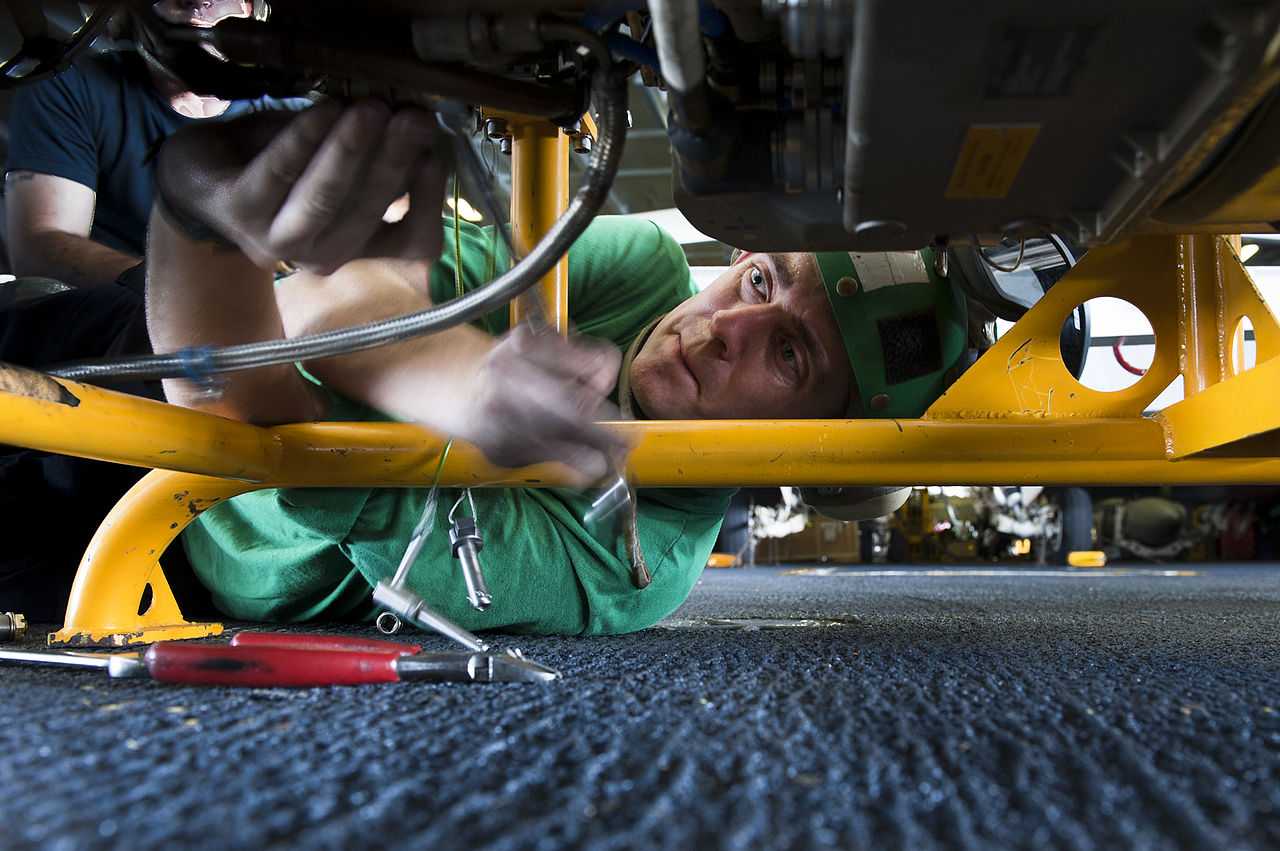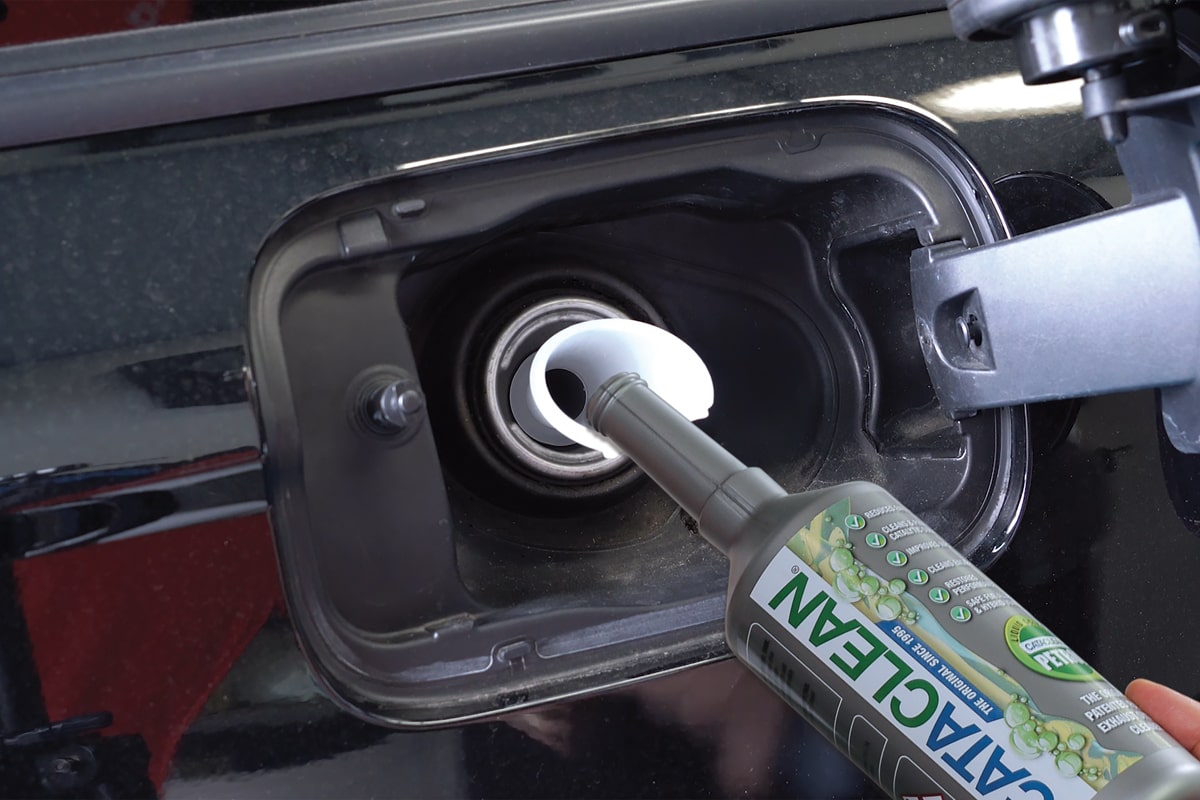Details of a Motor Mount Functions and Replacement
A motor mount or engine mount is the automobile part that helps the engine sit steadily on its designated slot. A vehicle may have three to four mounts to bolt the transmission and engine together in their places. These all are motor mounts except for the one that holds the transmission as it’s known as the transmission mount.
What is a motor mount in a car? It’s simple. It mainly has two parts—one part holds the engine while the other part is bolted to the vehicle’s frame. Due to having many moving parts, the engine constantly vibrates, putting a great amount of pressure on the joints. These mounts keep the engine firmly attached to the car’s body and steady by reducing the shudder and trembling.
What Does a Motor Mount Do?
A motor mount’s function is simple—it keeps the engine attached to the vehicle’s sub-frame or frame. Another important role of this component is to minimize the effects of all the engine vibrations on the joints between the engine and car’s framework.
Despite being a simple unit made of two metal pieces affixed with each other with a rubber substance in the middle, an engine mount does a humongous job, holding parts down and allowing motion at the same time.
The rubber insulator has a significant role. It keeps the two metal parts attached to each other, prevents metal-to-metal contact while allowing a little movement, and absorbs a great amount of vibration.
Some engine mounts have a kind of liquid in between the metal parts, and the liquid works like a shock absorber, preventing the trembling from reaching other parts of the vehicle. Vacuum-controlled mounts are also there, which you will see in some Toyota and Honda models. These mounts are interactive, which means they dampen the vibration as required. Porsche takes this technology one step further by introducing electromagnetic mounts that use an electromagnetic actuator to prevent the engine vibration from being transferred to the car’s body.
Unlike other automobile parts, the motor mount does need maintenance or regular servicing. But it wears out, like any other machines and components, and its average lifespan is 5 to 7 years, and transmission mounts last a few years longer. They also last the lifetime of a vehicle in some models. You will need to replace them if they show wear signs.
SEE MORE
- Want Optimum Engine Performance? This is the Best Fuel Pump 2020
- Service Engine Soon Light Comes On? What Does It Mean?
Engine Mount Replacement Costs
The rubber insulator in between the metal parts of a mount takes the major share of the beating because it practically absorbs the shuddering and throbbing caused by thousands of stops and starts of the engine. This rubber substance can become loose, lose its tension, develop a crack or two, or just fall apart. The deterioration quickens if liquid leaked from power steering or transmission falls onto the mounts. Rough driving at high speeds and tweaking the engine power can also cause the demise.
It’s time to change the mounts when the engine vibrations feel stronger than normal time or you hear a whole lot of pulsating, clunking, and other noises coming from under the hood. Other symptoms include the engine’s slight tilting or moving around. The whole engine unit can bounce around if the mounts break completely, leading to major engine damage and serious road accidents.
An Estimation of Costs
If your car shows the above-mentioned symptoms, you should check the mounts to see their condition. Detecting wear signs means you will need to replace them. The costs of replacement motor mounts vary, depending on several factors.
Some manufacturers cover the engine mounts in the Powertrain warranty, which is either 60,000 miles or 5 years for most cars. If your car has the warranty, you can replace the mounts from the dealer at free of cost.
A new motor mount can cost between $75 and $350, based on the make and model of the vehicle. The labor charge for the replacement can also vary depending on how complex the task is. For example, you can save a lot if you have a Mazda 3 or 5 because the expenses will be around $200. But it may reach around $2,000 if it’s a Honda Odyssey.

Some people prefer aftermarket mounts because they are less expensive. But there is no guarantee about their quality and durability. They may cause more vibrations and sound or fail after a while. However, you can avoid these problems by being careful and doing some research about the quality of the parts. Check the ratings and reviews of the mounts before making the purchase.
DIY enthusiasts may want to do the replacement in their garage. But only a skilled mechanic should handle this job. So, taking the car to a servicing shop is the safest thing to do in this case.














